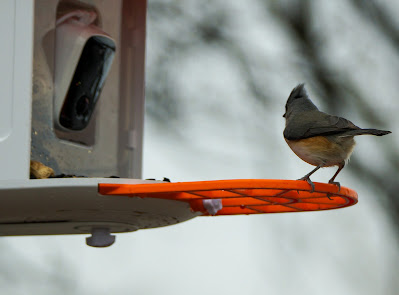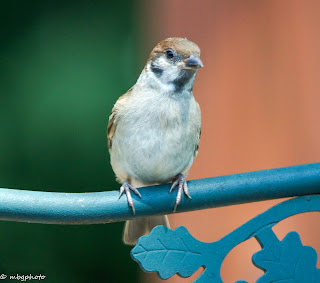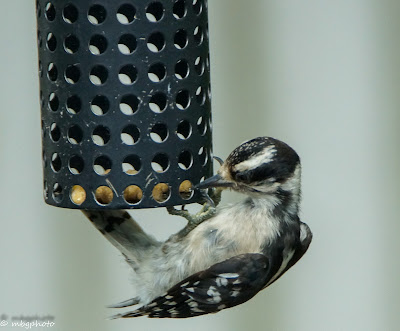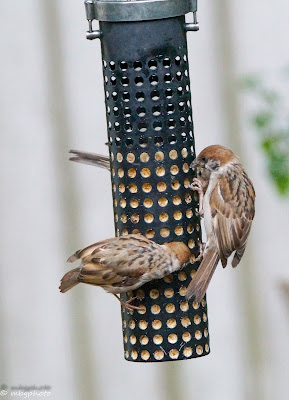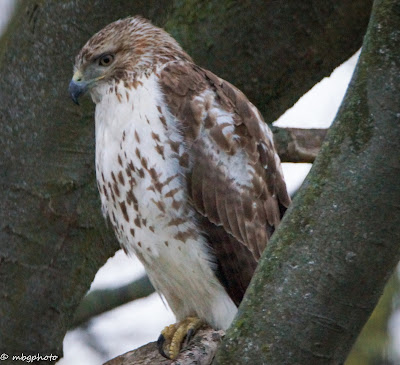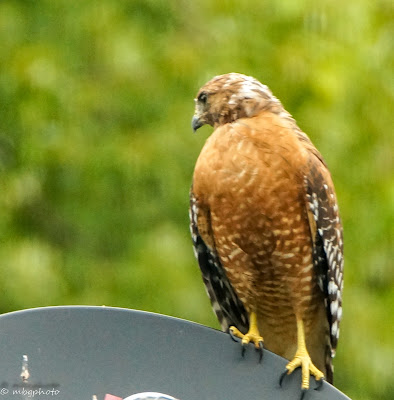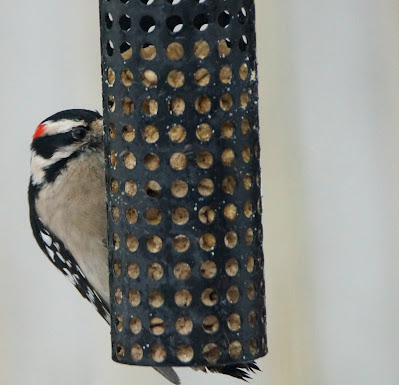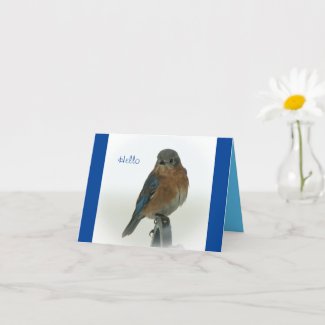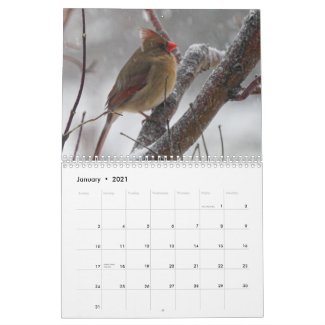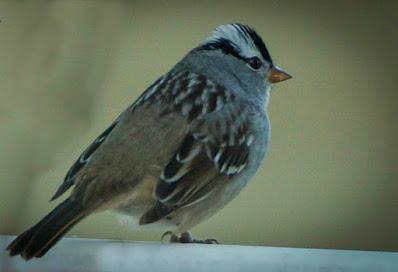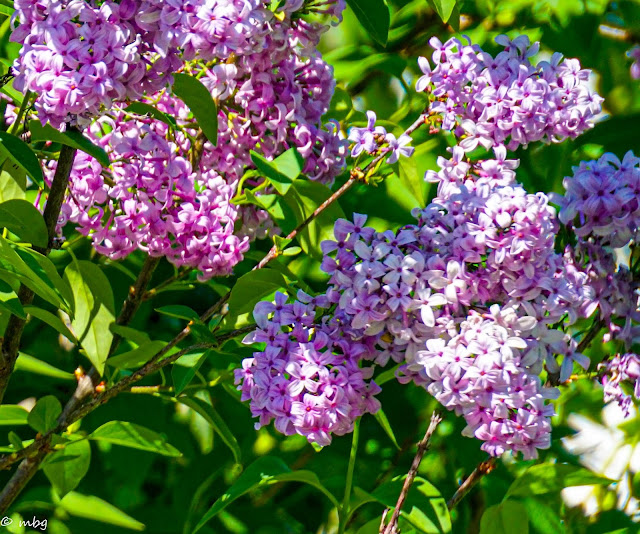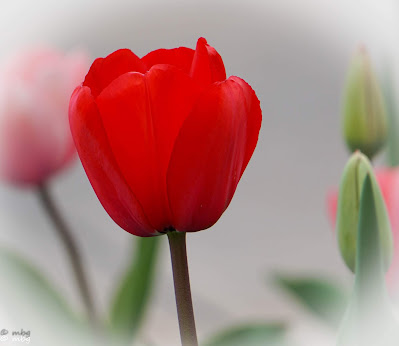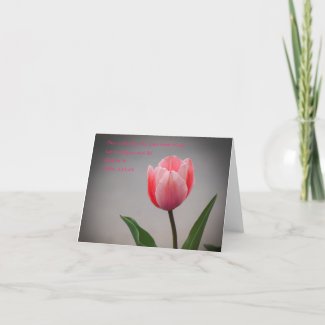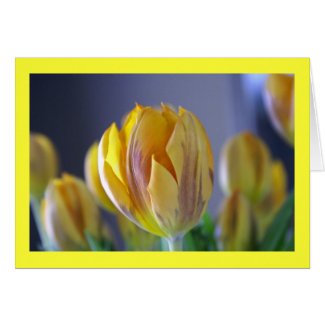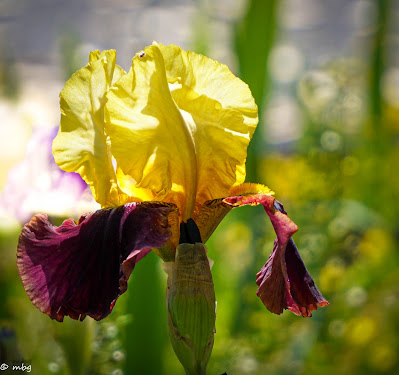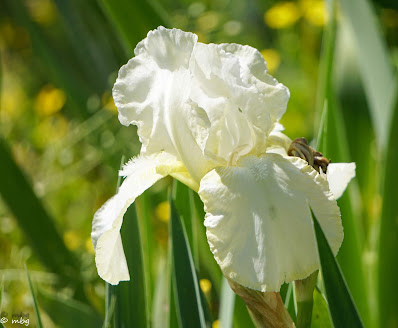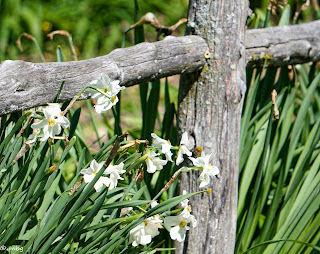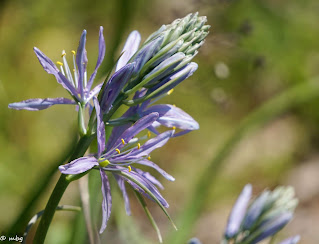 |
| Male Finch |
Did you know that bird watching is enjoyed by over 73 million Americans? It is no wonder than that there are many different bird days listed on special days lists.
I count myself as an ardent bird watcher and photographer and on this post, I will share with you some of the national bird days I found interesting. This post will be part 1 of 4 so I will include bird days in the first quarter of the year. I will also share photos of birds I have watched and photographed in my backyard. For more information on national bird days check out www.birdtipper.com.
Jan 5 - National Bird Day
National Bird Day is celebrated on January 5th. Here is some information that I found on the website nationaldaystoday.com/national-bird-day.
- According to the US Census more American bird watchers (73 million) than baseball and football players.
- Birders fund the economy, including feed, supplies, traveling and donations by spending $40 billion a year on their hobby.
- Worldwide there are 9800 species of birds; 850 are in the U.S.
- The National Bird Day takes place after an annual survey that tracks American wild birds to get an accurate bird population count at the three weeks long December count.
- According to Born Free USA, nearly 12% of the world's bird population is threatened with extinction.
Here are just a few of the birds I photographed in my backyard.
Jan 20- Penguin Awareness Day
Penguins are an interesting bird that we all love. In my part of the world, we have to go to the zoo to see Penguins, but my sister recently traveled to Antartica where she was delighted to see hundreds of Penguins. Here is a photo she took.
In researching Penguin Day, I found the following interesting Penguin facts.
They kidnap chicks
When a female emperor penguin's baby dies, she will often "kidnap" an unrelated chick.
They're down south
There are 17 species of penguins and all of them live in the Southern Hemisphere.
Macaroni penguins rule
The penguin species with the highest population is the macaroni penguin with 11 million pairs.
The fastest penguin
The gentoo Penguin is the fastest swimmer — reaching speeds up to 22 mph.
They're all wet (usually)
An average penguin might spend up to 75 percent of its life in the water — where it also hunts for prey.
Feb- National Wild Bird Feeding Month
I love feeding birds and feed them in my backyard all year long. In 1994 congressman John Porter announced that February would be National Wild Bird Feeding Month. This month is one of the hardest for birds to obtain food and the emphasis on this special month encourages people to feed birds and put out water for them. I encourage you to celebrate this month by helping to feed our wild birds. They will reward you with many hours of birdwatching and if you are like me, some great models for your photography. Here are a couple of birdfeeders that I thought look interesting.
Feb 17-20, 2023, Great Backyard Bird Count
Each year in February, bird watchers throughout the world take time to count birds. Here is a few thoughts on what is involved.
Spend time in your favorite places watching birds–then tell us about them! In as little as 15 minutes notice the birds around you. Identify them, count them, and submit them to help scientists better understand and protect birds around the world.
If you have a few minutes to spare, plan on participating in the Great Backyard Bird Count.
March 20th- World Sparrow Day
Sparrows are everywhere and yet sometimes we fail to appreciate these delightful little birds. A day was set up to appreciate sparrows and it is celebrated worldwide on March 20th each year. The Bird Tipper website gives the following tips to celebrate Sparrow Day.
How to Celebrate World Sparrow Day
The best way to celebrate World Sparrow Day is by taking action to help these birds.
One of the biggest threats to sparrow populations is loss of habitat, so consider planting native trees and shrubs in your yard or community garden. You can also put up a birdhouse or two; tree cavities are perfect homes for nesting sparrows.
Also, be sure to keep your cat indoors—birds of all kinds, including sparrows, are killed each year by outdoor cats.
Finally, fill your bird feeder with seeds that sparrows love, such as sunflower seeds and millet, and sit back and enjoy watching these busy little birds at work!
On World Sparrow Day, take a moment to think about one of the most common birds in the world: the humble sparrow. This holiday is a chance for us to learn more about these fascinating birds and take action to help them thrive!
Here are some photos I have taken of sparrows in my backyard. They are all Eurasian Tree Sparrows.
These are but a few of the specified bird days in the first quarter of the year. You can find a larger list online at www.birdtipper.com. Stay tuned for future posts on bird days for the rest of the year. Happy Birding!!
Note: The author may receive a commission from purchases made using links found in this article. “As an Amazon Associate, Ebay (EPN), Esty (Awin), and/or Zazzle Affiliate, I (we) earn from qualifying purchases.”
 For Christmas this year, I received a Smart Bird Feeder Camera. This feeder has provided my husband and I with hours of fun, watching birds up close. Every time a bird lands on this feeder the camera takes a ten second video and then sends it to my phone.
For Christmas this year, I received a Smart Bird Feeder Camera. This feeder has provided my husband and I with hours of fun, watching birds up close. Every time a bird lands on this feeder the camera takes a ten second video and then sends it to my phone. 

